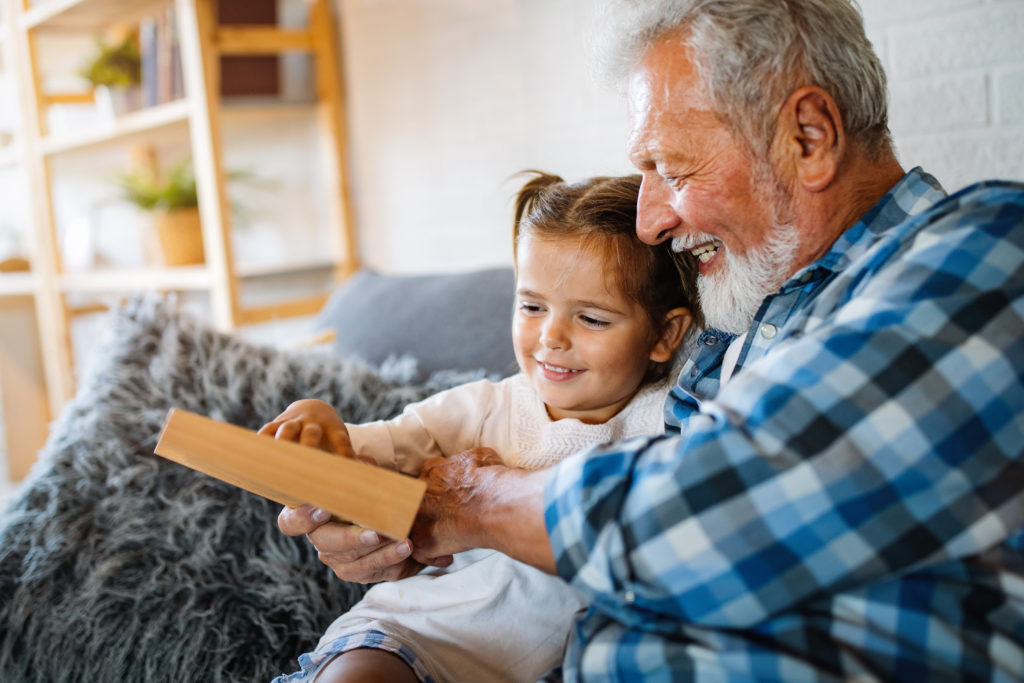When the grandkids are headed over, you probably prepare by thinking about activities to do together, books to read, and what favorite snacks you should have on-hand. Safety is likely something you think about when going for walks on a busy street or at the pool, but it might not be top of mind for everyday visits. Often, accidents happen in the home, but many can be avoided with a bit of preparation.
When the first grandchild arrives, there has probably been some time since your home has had young visitors. If this is the case, run through a safety checklist to be aware of potential hazards and make some changes to help prevent accidents or injuries. Even everyday items can be problematic, but changes are easy to implement.
- Check electrical cords and plug open outlets with protective covers. Secure cords so that little hands can’t tug on them.
- Heavy furniture might seem immovable, but kids pull tables and bookcases on themselves too often, resulting in serious injuries from tip overs. Secure heavy pieces with safety straps to walls or lock doors to rooms with these items if you can.
- Keep helmets at your house for bike rides, lifejackets and water shoes for swimming, and things like sunscreen and DEET-free bug spray.
- Think about adding childproof locks on cabinets to prevent access to dangerous cleaning supplies or other chemicals. If locks are not an option, consider using bins for cleaning supplies and other toxic chemicals and when the grandkids visit, place them in a high cabinet out of their reach.
- Check for choking hazards. Decorative items, candy dishes and jars with hard candies, and catch-all trays for coins and buttons are all things that could tempt kids. Ensure these are well out of reach.
- Corded window coverings can pose a danger to infants and small children. In fact, corded window coverings are in the top hidden hazards in the home according to The U.S. Consumer Product Safety Commission. Consider replacing corded window products with cordless versions. Look for products that have the Certified Best for Kids label, available at all major US retailers.
- Medications may come in child proof packaging, but kids are resourceful. Place all medicine in high cabinets away from sight and access.
- Think about stocking up with supplies to treat small injuries like cuts and bruises. Fun, colorful bandages, antiseptic spray, and ice packs can help chase away the tears should a little scrape or bruise pop up. Other things to keep in your medicine cabinet include syrup of ipecac, eyewash, burn salve, and calamine lotion.
- Store numbers for the pediatrician, poison control, and neighbors who could help if you needed something quickly.
Of course, everyone just wants to have fun and enjoy the time together, and you should! Take a little time to walk through your home and try to look at things through the eyes of a child. Review the items in this checklist and even ask your adult children for tips that they use in their own homes. Then, let the fun begin!

